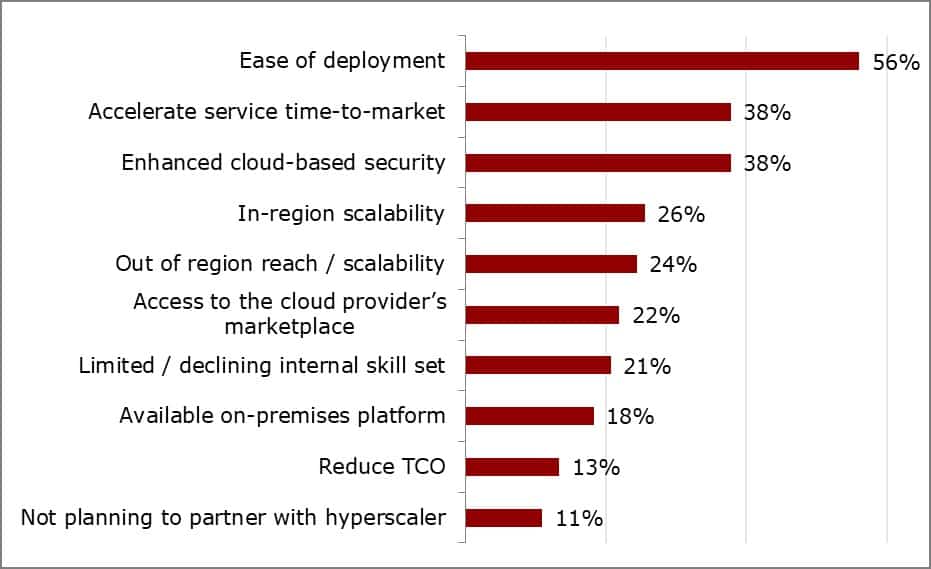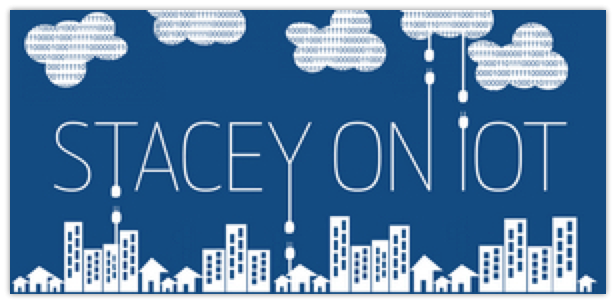Why Cryptocurrency is Important for Women
- Technology Solutions
- 0 Replies
When it comes to the financial services industry, women have been systematically excluded for a long time. While they make up nearly half the world’s population, they are also massively underrepresented in the financial services industry.
Cryptocurrencies are a natural fit for women. Not only are they inherently digital and decentralized, but they’re also about democratizing financial services and giving everyone a fair chance to participate in the economy.
Cryptocurrencies allow women to take financial power back from the big banks, governments, and other male-dominated institutions. Women can now use a cryptocurrency to gain the same advantages as men, whether it’s access to credit, savings, investments, or other financial services. Here’s a look at why women should care about cryptocurrency.
What is Cryptocurrency?
Cryptocurrency (sometimes simply called ‘crypto’) is a digital currency that doesn’t depend on a centralized institution to monitor, create and distribute it. Instead, digital currencies are created through a process called “mining.” Mining involves solving mathematical problems to get coins. Unlike traditional forms of currency, cryptocurrency can be sent and received by anyone, anywhere. Some popular cryptocurrencies you might know are Bitcoin and Etherium.
Continue reading: https://swaay.com/why-cryptocurrency-is-important-for-women
Cryptocurrencies are a natural fit for women. Not only are they inherently digital and decentralized, but they’re also about democratizing financial services and giving everyone a fair chance to participate in the economy.
Cryptocurrencies allow women to take financial power back from the big banks, governments, and other male-dominated institutions. Women can now use a cryptocurrency to gain the same advantages as men, whether it’s access to credit, savings, investments, or other financial services. Here’s a look at why women should care about cryptocurrency.
What is Cryptocurrency?
Cryptocurrency (sometimes simply called ‘crypto’) is a digital currency that doesn’t depend on a centralized institution to monitor, create and distribute it. Instead, digital currencies are created through a process called “mining.” Mining involves solving mathematical problems to get coins. Unlike traditional forms of currency, cryptocurrency can be sent and received by anyone, anywhere. Some popular cryptocurrencies you might know are Bitcoin and Etherium.
Continue reading: https://swaay.com/why-cryptocurrency-is-important-for-women




























